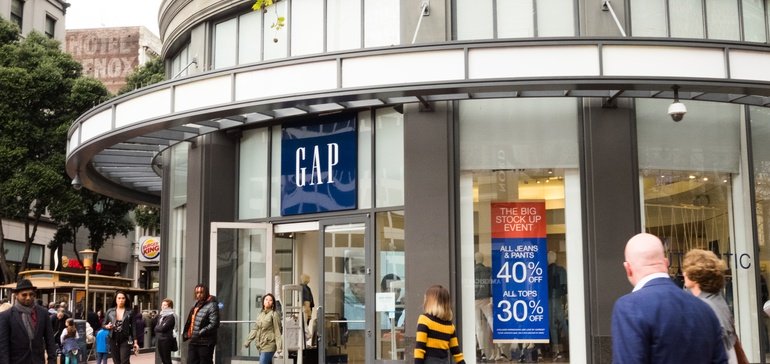Permission granted by Daphne Howland
AUTHOR | Daphne Howland
Source: www.retaildive.com, February 2020
Dive Brief:
- Gap Inc. on Thursday announced a partnership with apparel resale site ThredUp, where customers can turn in used clothing in exchange for credit at the company’s Gap, Banana Republic, Janie and Jack or Athleta brands.
- Customers redeeming credits will receive “an additional 15% payout bonus,” according to a Gap Inc. press release.
- Starting in April, ThredUp bags or labels will be available at select Gap, Banana Republic, Janie and Jack or Athleta stores in the U.S.
Dive Insight:
Gap Inc. is the latest retailer to tie up with ThredUp, which in recent years has pushed its own research on rising demand for used apparel. The company says that “56 million women bought secondhand products in 2018 — which is almost half of the entire female adult population in the US,” per the Gap press release.
It’s also a potential draw for younger customers. Fashion resale is popular with consumers of all ages: about 30% or more of millennials, and 20% of baby boomers, Gen X and Gen Z have bought used apparel, according to Chris Ventry, vice president in the consumer and retail practice of consulting firm SSA & Company.
Macy’s, J.C. Penney and Madewell in recent months also announced their own relationships with ThredUp, though Gap on Thursday said this project “will be the largest distribution of thredUP Clean Out bags and labels to date under the company’s RAAS [resale as a service] platform.”
Others, notably Urban Outfitters, have long experimented with selling vintage clothes in addition to their fresher styles. Nordstrom took up the effort on its own, debuting its “See You Tomorrow” shop at its New York City flagship last month.
The Gap partnership differs in scale, however, according to Tyler Higgins, leader of the retail practice at management consulting firm AArete. “While JCPenney and Macy’s have both partnered with ThredUP in a small capacity and even Target partnered with them back in 2015, this partnership feels different in that GAP is making resale a core pillar of their apparel strategy to give customers the opportunity to diversify their wardrobe at a low cost,” he said in emailed comments. “GAP may be one of the first to announce this type of partnership but they won’t be the last. Over the coming months, GAP will continue to have to think about what they need to do next, to retain the new customers they’re acquiring today.”
The effort could be a play to boost traffic to stores, a problematic metric for the Gap brand in particular. While that brand is on the decline, the company’s Athleta brand is on the rise. But it’s much smaller and has only recently begun opening more stores after operating largely as a catalog retailer, so it, too, could benefit from a traffic boost. Similarly, the company’s Janie and Jack children’s banner is a very recent addition, as the company bought it during Gymboree’s bankruptcy last year for $35 million.
It’s also a good use of space, in an era of too many, overly large stores. But Gap or any retailer looking to resale to attract new (and often younger) customers should also worry about the risks, according to Ventry.
“Of course you’ll need to carefully measure the success of the in-store ‘circular economy’ offering, ensuring that there isn’t a negative effect on sales, margin, cannibalization of current offerings, etc.,” he said in emailed comments. “Also you’ll need to maintain the physical space to ensure that it’s complementary to the overall environment.”
Follow Daphne Howland on Twitter

